AI technology is ushering in an unprecedented era of creativity, where people can create images, voices, and digital content with just a few clicks. However, this convenience also comes with serious risks, especially when AI is used as a tool to create dangerous pranks.
Seemingly harmless situations are becoming the fuel for social, legal and psychological crises.

AI turns homeless people into virtual characters in TikTok prank – the line between entertainment and offense is blurring. (Source: The Verge)
TikTok and the “AI homeless” joke
In the US, a TikTok trend is raising alarms from police: Users are using Snapchat’s AI to create images of homeless men appearing in homes, then filming their parents’ panicked reactions. Some parents have called the police, prompting an emergency response that looks like a real break-in.
The Salem, Massachusetts Police Department warns that this behavior could result in SWAT action.
The agency summed it up best in a statement: "This prank demeans the homeless, causes panic among callers, and wastes police resources. The officers called to respond were unaware of the prank and treated the call as a real burglary in progress, creating a potentially dangerous situation."
AI pranks are spreading around the world, not just in the US. In India, a Deepfake video during the 2024 election caused public confusion when a politician was accused of making controversial statements – entirely generated by AI.
All over the world , April Fools' Day has become an "AI playground" with a series of fake celebrity images, fake messages from relatives, causing psychological trauma and disrupting emergency services.
“The development of AI technology comes with the risk of being exploited for criminal purposes or causing social panic,” warns Lewis Griffin, a researcher at University College London.

Flood scene at Gyeongbokgung Palace created by AI. (Photo cut from Video , source: Youtube).
Education and control
To prevent misuse of AI, it is imperative to educate users, especially young people, about technology ethics. AI is not a toy, and using it to create fake content should be viewed as a potentially harmful behavior.
Platforms like TikTok and Snapchat need to implement stronger AI content filters, along with clear warnings when users create fake images or sounds. This will not only protect users but also reduce the risk of causing panic in the community.
According to a Pew Research survey, although the public still has many concerns about AI, experts are more optimistic. However, both groups agree that clear regulations are needed to prevent abuses. Building a legal framework and process to control AI is not only the responsibility of the Government but also the obligation of the whole society.

AI can create fantastical worlds, but if left unchecked, it can easily become a tool for confusion and cognitive distortion. (Source: loveonly.ai/Instagram)
In addition, authorities need to work closely with technology companies to develop appropriate response procedures. When an AI prank leads to an emergency call, the waste of resources and the risk of overreaction cannot be overlooked.
Source: https://vtcnews.vn/ai-bien-nguoi-vo-gia-cu-thanh-tro-dua-canh-sat-my-canh-bao-ar970842.html





![[Photo] Solemn opening of the 1st Government Party Congress](https://vphoto.vietnam.vn/thumb/1200x675/vietnam/resource/IMAGE/2025/10/13/1760337945186_ndo_br_img-0787-jpg.webp)


![[INFOGRAPHIC] Birds follow storms to find food](https://vphoto.vietnam.vn/thumb/402x226/vietnam/resource/IMAGE/2025/10/13/1760345532978_thumb-chim-hai-au-jpg.webp)

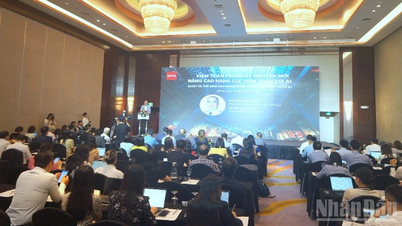

















![[Photo] General Secretary To Lam attends the opening of the 1st Government Party Congress](https://vphoto.vietnam.vn/thumb/1200x675/vietnam/resource/IMAGE/2025/10/13/1760321055249_ndo_br_cover-9284-jpg.webp)











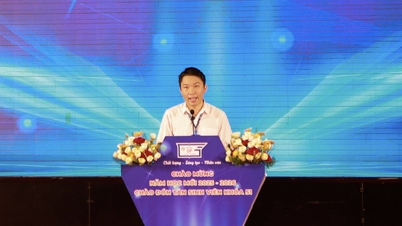





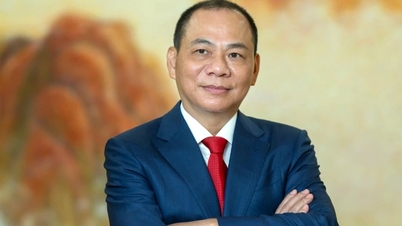




















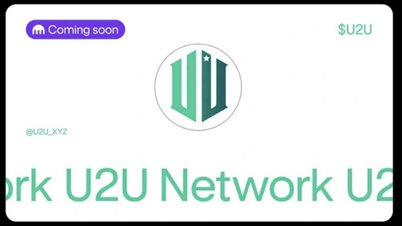







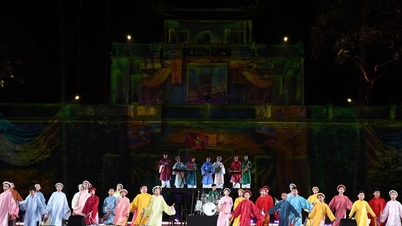


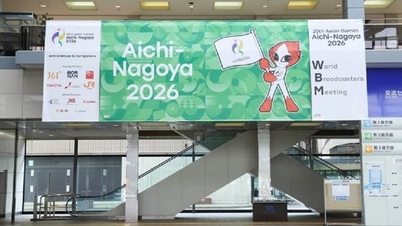


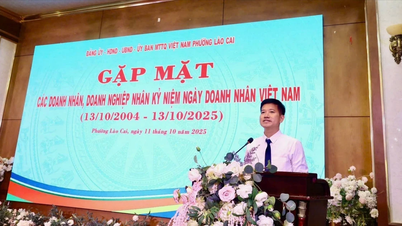



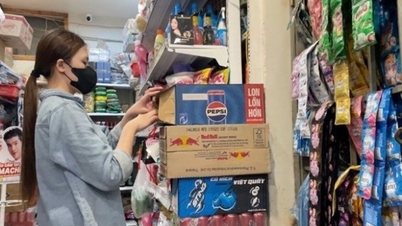

















Comment (0)